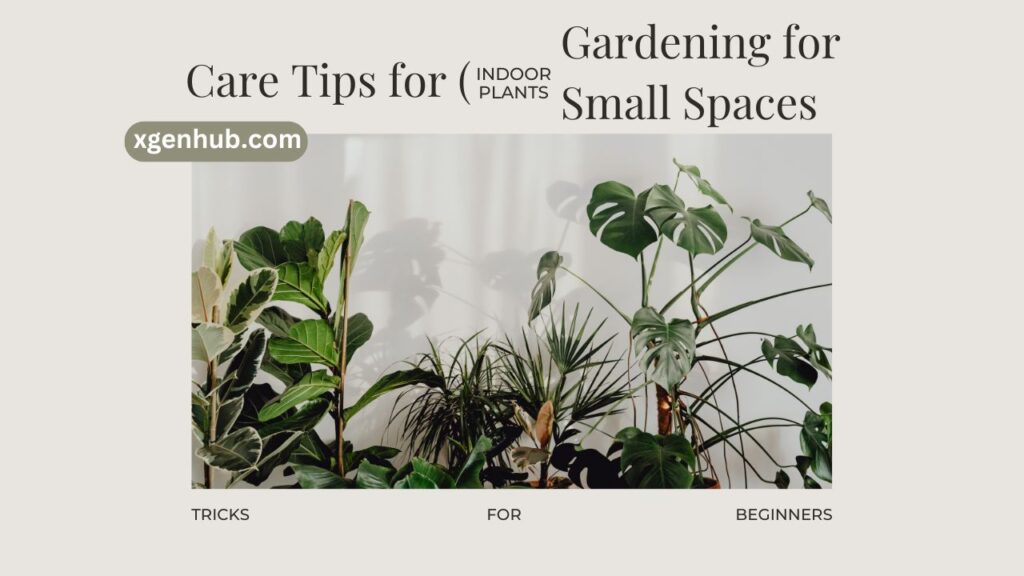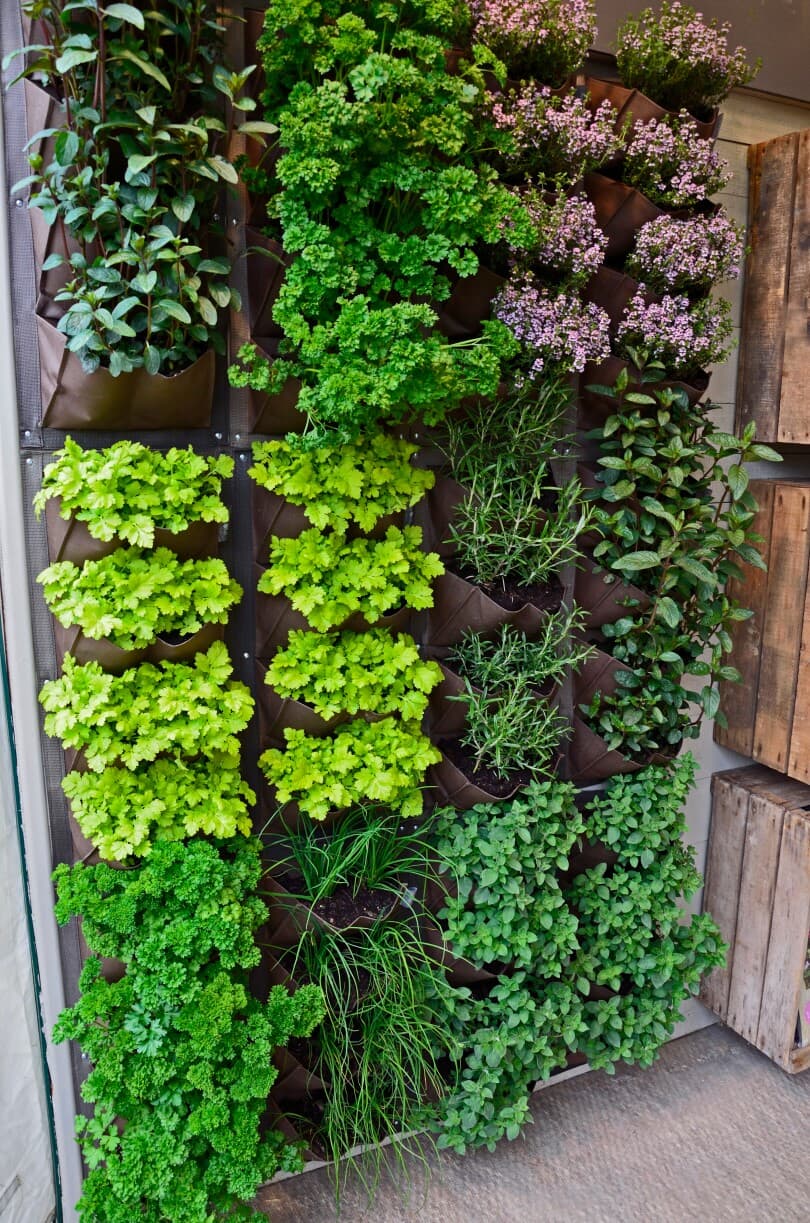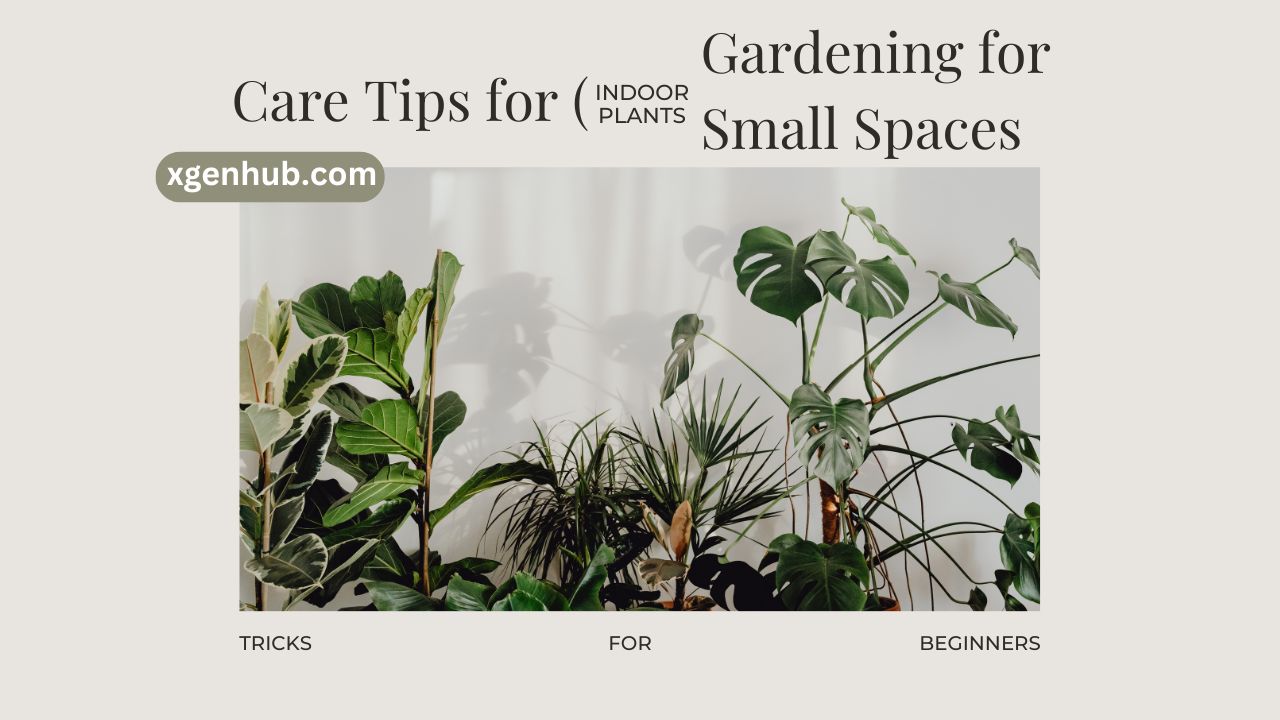In today’s world, urbanization is rapidly increasing, and with it, the availability of space for gardening is decreasing. For gardening enthusiasts, small spaces can pose a significant challenge. However, vertical gardening has emerged as a brilliant solution for those living in apartments or homes with limited outdoor space. Vertical gardening enables you to grow a wide range of plants by making efficient use of vertical space, such as walls, fences, or specially designed structures.
Unlock Your Online Success! Watch Our Exclusive Video for FREE and Start Earning Today!

This comprehensive guide will walk you through every aspect of vertical gardening for small spaces—from understanding what vertical gardening is, its benefits, how to choose the right plants, step-by-step setup instructions, maintenance tips, and more. By the end of this guide, you’ll be fully equipped to start your own vertical garden and make the most of your small space.
1. What is Vertical Gardening?
Vertical gardening is a technique where plants are grown upwards rather than spread out horizontally. This method uses structures like trellises, containers, and shelves to create a space-efficient and aesthetic garden. It’s a perfect solution for small spaces such as balconies, patios, or even walls within your home.
Unlock Your Online Success! Watch Our Exclusive Video for FREE and Start Earning Today!

Vertical gardening allows gardeners to maximize their available growing space by stacking plants vertically, which can help overcome the limitations of traditional gardening methods. Moreover, vertical gardens can also add a touch of greenery to areas where ground space is non-existent, like on walls or fences.
Key Concepts in Vertical Gardening:
- Growing upwards instead of outwards.
- Utilizing walls, structures, and hanging systems.
- Perfect for small spaces like balconies and patios.
2. Benefits of Vertical Gardening for Small Spaces
Vertical gardening isn’t just about saving space; it offers numerous other advantages that make it a go-to option for urban gardeners. Here’s a breakdown of the major benefits:
Unlock Your Online Success! Watch Our Exclusive Video for FREE and Start Earning Today!

a) Space Efficiency:
One of the primary reasons for opting for vertical gardening is to utilize limited space effectively. Vertical gardening maximizes the available growing area, allowing you to plant multiple varieties in a small footprint.
b) Increased Sunlight Exposure:
By growing upwards, plants can receive more sunlight compared to ground-level gardening, especially in small, enclosed areas. Better sunlight improves plant health and productivity.
c) Improved Air Circulation:
Vertical gardens have better air circulation, reducing the risk of diseases caused by humidity. Plants are less likely to develop issues like mold or mildew due to increased airflow around them.
d) Aesthetic Appeal:
Vertical gardens can transform dull walls and fences into vibrant, green spaces. They add a touch of nature to any area, making your home look more inviting.
e) Easier Maintenance:
With vertical gardening, plants are often at a more convenient height, making it easier to water, prune, and harvest without bending over or crouching.
f) Pest Control:
Growing plants vertically can help deter pests that typically attack plants growing at ground level. Additionally, vertical structures can make it harder for common garden pests, like slugs and snails, to reach your plants.
3. Types of Vertical Gardens
There are several different types of vertical gardens, each suited to different needs, spaces, and plant varieties. Here are some popular options:
Unlock Your Online Success! Watch Our Exclusive Video for FREE and Start Earning Today!

a) Trellises and Arbors:
A trellis is a framework that supports climbing plants like vines, peas, and beans. Trellises can be placed against a wall or freestanding. Arbors are similar but can serve as walkways covered with plants.
b) Vertical Planters:
Vertical planters are stackable or hanging containers that allow for multiple layers of plants. They are great for herbs, flowers, and even some vegetables.
c) Living Walls (Green Walls):
Living walls are large vertical structures that house many small plants. These are often used for decorative purposes on exterior walls but can also be functional for growing herbs, vegetables, or succulents.
d) Pocket Planters:
Pocket planters are wall-mounted containers, usually made from fabric or plastic, that allow plants to grow in small individual pockets. These are perfect for herbs, small flowers, and succulents.
e) Hanging Gardens:
Hanging gardens use pots or containers suspended from ceilings, overhangs, or specially designed frames. These work well for trailing plants like strawberries or tomatoes.
4. Choosing the Right Plants for Your Vertical Garden
The success of your vertical garden largely depends on choosing the right plants. Certain plants are more suited for vertical gardening than others. Here’s a breakdown of the best plants for small-space vertical gardens:
Unlock Your Online Success! Watch Our Exclusive Video for FREE and Start Earning Today!

a) Vegetables:
- Tomatoes: Cherry tomatoes thrive in vertical gardens.
- Cucumbers: These climbers do well on trellises.
- Peas and Beans: Ideal for vertical spaces as they naturally climb.
- Lettuce and Spinach: Compact and easy to grow in stacked planters.
b) Herbs:
- Basil
- Mint
- Parsley
- Cilantro
- Thyme
Herbs are ideal for vertical gardening as they require little space and thrive in containers or pockets.
c) Flowers:
- Petunias
- Fuchsias
- Geraniums
- Marigolds
- Ivy Geraniums
These add vibrant colors and enhance the aesthetics of your vertical garden.
d) Fruits:
- Strawberries: Perfect for hanging planters.
- Blueberries: Bushes can be trained to grow vertically with supports.
- Raspberries and Blackberries: These can climb trellises.
5. Setting Up Your Vertical Garden: A Step-by-Step Guide
Setting up a vertical garden might seem challenging, but it can be quite simple when broken down into smaller steps. Here’s a step-by-step guide:
Unlock Your Online Success! Watch Our Exclusive Video for FREE and Start Earning Today!

Step 1: Choose Your Location
Evaluate your available space—whether it’s a wall, balcony, or fence. Choose a location that gets at least 6 hours of sunlight for most plants.
Step 2: Select the Right Structure
Depending on the type of vertical garden you want, select a structure like a trellis, hanging baskets, or vertical planter.
Step 3: Pick the Plants
Choose plants based on your climate, light conditions, and space. For instance, herbs and small vegetables are great for compact spaces, while climbing plants work well with trellises.
Step 4: Prepare the Soil
Use a high-quality potting mix or soil that retains moisture but drains well. You may also need to add compost or fertilizer based on the needs of your chosen plants.
Step 5: Install Your Vertical Garden
Set up your chosen structure securely. For wall-mounted systems, ensure the wall or fence can bear the weight of the plants and soil. If using trellises or containers, place them strategically to make the best use of space.
Step 6: Plant and Water
Once your garden structure is set, plant your seeds or seedlings in their designated spots. Water thoroughly after planting to help them establish roots.
Step 7: Regular Maintenance
Maintain your vertical garden by watering regularly, pruning dead leaves, and feeding your plants with organic fertilizers as needed.
6. Maintaining Your Vertical Garden
Regular maintenance is crucial for the success of your vertical garden. Here are some key tips for keeping your garden healthy and thriving:
Unlock Your Online Success! Watch Our Exclusive Video for FREE and Start Earning Today!

- Watering: Vertical gardens tend to dry out faster than traditional gardens, so it’s important to keep an eye on soil moisture levels. Install a drip irrigation system or self-watering planters if necessary.
- Fertilization: Use organic fertilizers to nourish your plants, especially if you’re growing fruits or vegetables.
- Pruning and Trimming: Remove dead or yellowing leaves to encourage healthy growth and reduce the risk of pests.
- Pest Control: Monitor your plants for pests, and use natural remedies like neem oil or companion planting to keep insects at bay.
7. Common Mistakes to Avoid in Vertical Gardening
Unlock Your Online Success! Watch Our Exclusive Video for FREE and Start Earning Today!

a) Overcrowding:
Avoid planting too many plants in one space. Vertical gardens can become overcrowded easily, leading to poor air circulation and plant diseases.
b) Not Considering Sunlight:
Ensure your garden gets adequate sunlight. Many plants require at least 6-8 hours of sunlight, so consider your placement carefully.
c) Inadequate Watering:
Since vertical gardens can dry out quickly, make sure you water them regularly. Using a drip irrigation system can make this easier.
d) Ignoring Maintenance:
Vertical gardens require regular maintenance, including pruning, fertilizing, and pest control. Don’t neglect these tasks.
8. Best Vertical Garden Ideas for Small Spaces

Looking for inspiration? Here are some fantastic vertical garden ideas that you can implement even in the smallest of spaces:
Unlock Your Online Success! Watch Our Exclusive Video for FREE and Start Earning Today!
- Pallet Gardens: Use an old wooden pallet to create a compact vertical garden. Add some small containers, and you’ve got a DIY vertical herb garden!
- Hanging Pots on a Wall: Install a simple rod on your balcony wall and hang small pots filled with herbs and flowers.
- Ladder Garden: Use an old ladder as
